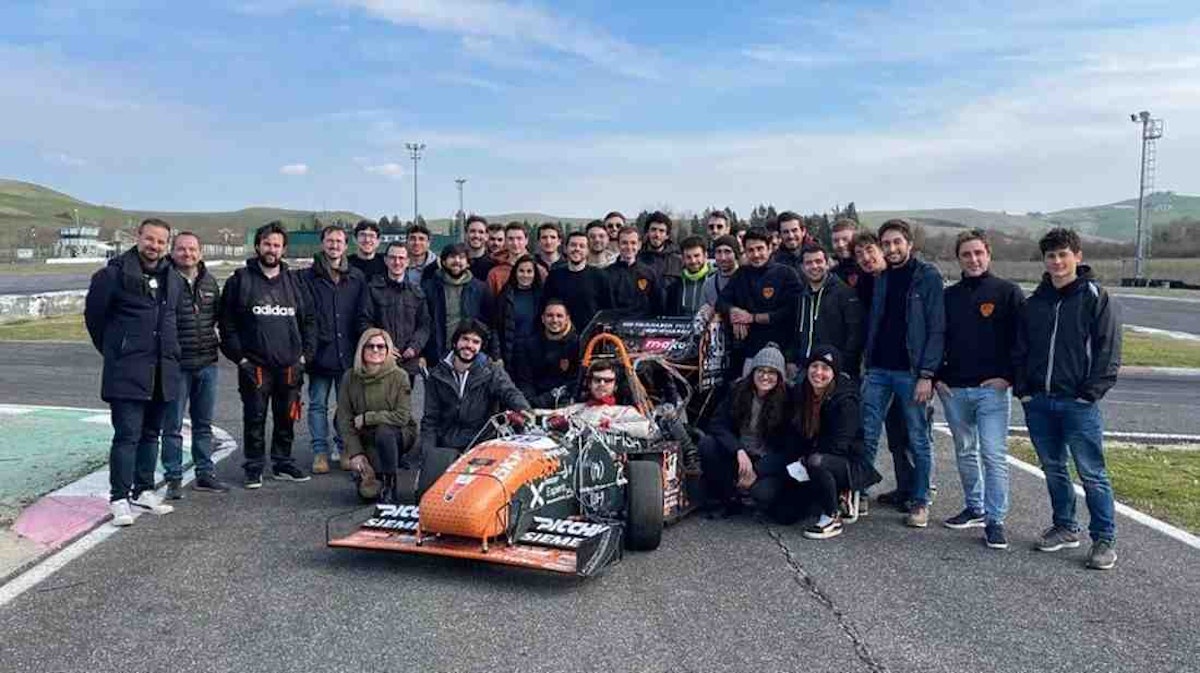Table of contents
Browse categories
Browse authors
 AB
ABAlberto Boffi
 AL
ALAlessia Longo
 AH
AHAl Hoge
 AB
ABAljaž Blažun
 BJ
BJBernard Jerman
 BČ
BČBojan Čontala
 CF
CFCarsten Frederiksen
 CS
CSCarsten Stjernfelt
 DC
DCDaniel Colmenares
 DF
DFDino Florjančič
 EB
EBEmanuele Burgognoni
 EK
EKEva Kalšek
 FB
FBFranck Beranger
 GR
GRGabriele Ribichini
Glacier Chen
 GS
GSGrant Maloy Smith
 HB
HBHelmut Behmüller
 IB
IBIza Burnik
 JO
JOJaka Ogorevc
 JR
JRJake Rosenthal
 JS
JSJernej Sirk
 JM
JMJohn Miller
 KM
KMKarla Yera Morales
 KD
KDKayla Day
 KS
KSKonrad Schweiger
Leslie Wang
 LS
LSLoïc Siret
 LJ
LJLuka Jerman
 MB
MBMarco Behmer
 MR
MRMarco Ribichini
 ML
MLMatic Lebar
 MS
MSMatjaž Strniša
 ME
MEMatthew Engquist
 ME
MEMichael Elmerick
 NP
NPNicolas Phan
 OM
OMOwen Maginity
 PF
PFPatrick Fu
 PR
PRPrimož Rome
 RM
RMRok Mesar
 RS
RSRupert Schwarz
 SA
SASamuele Ardizio
 SK
SKSimon Kodrič
 SG
SGSøren Linnet Gjelstrup
 TH
THThorsten Hartleb
 TV
TVTirin Varghese
 UK
UKUrban Kuhar
Valentino Pagliara
 VS
VSVid Selič
 WK
WKWill Kooiker
Suspension Testing on Formula SAE Racecar

Carsten Frederiksen && Andrea Marino (chassis & vehicle dynamics manager) and Elvira Rufolo (public relations manager)
E-Team Squadra, University of Pisa
February 7, 2023
The E-Team Squadra Corse from the University of Pisa wanted to redesign the front of its Formula SAE car, Galileo. The trick was to reduce the car’s weight without losing strength and stiffness. To do this, the team needed to know the actual loads acting on the structure. In collaboration with the engineering service company Deltatech and Dewesoft, the team measured the loads on the suspension system while the car was driving on the track.

Formula SAE challenges students to conceive, design, make and compete with small formula-style racing cars. Teams spend 8-12 months designing, building, and preparing their vehicles for competition. These cars are judged in a series of static and dynamic events, including technical inspection, cost, presentation, engineering design, solo performance trials, and high-performance endurance.
Galileo is a combustion vehicle with a Honda CBR600RR engine. However, this Formula SAE racecar features a remarkable innovation with a unique hybrid chassis design. The hybrid chassis was developed by combining the monocoque at the front and a trellis frame made of tubular steel at the rear. The word monocoque is a French term for "single shell" and defines a chassis where loads are supported by the plating - somewhat like the shell of an egg.
This year the team’s goal was to redesign the front of the car - chassis, suspension, and wheel assembly. Aiming to reduce weight without losing stiffness they needed to measure and know the actual loads acting on the car. Such measures allow the team not only to validate the work done on last season's suspensions but also to set an important milestone from which to start the suspension design in future car models.
The data collected are used both to build the 2022 car and to calibrate the load calculation models, allowing weight to be reduced while maintaining adequate safety coefficients, to avoid breakages or failures that could undermine the success of competitions.
The measurement process - and Dewesoft's help - impacted the vehicle's performance. In addition, it represents an excellent business card for the static test of the Design Event. Here the design process behind the car will be discussed with the judges.
Last but not least, the spirit of Formula Student is to allow future engineers and graduates to experience real problems and situations that they will later find in their career path. To the team, the collaboration with Dewesoft and the professional measuring instruments provided represented a precious opportunity to gain experience.
Measurement setup and sensors used
The setup to carry out these measurements involved various stages, such as setting up the car to accommodate the Dewesoft acquisition systems, glueing the strain gauges, and wiring all the necessary parts.
The strain gauges were glued on all the arms of the left side of the car exploiting the strong symmetry that characterizes the structure. Five linear potentiometers were set up. Four to acquire the compression values of the suspension springs and one to acquire the excursion of the rack, to be connected to the corner of the wheels.
Through the SIRIUSe-HD-16xSTGS DAQ system and the rugged Krypton CPU, supplied by Dewesoft, 16 channels were acquired and recorded, i.e., eleven arms and five linear potentiometers.
Another valuable tool made available by Dewesoft, the IMU Navion2i, the latest generation device, has allowed us to have, in addition to the acceleration and speed values, also the angles of yaw, pitch, and roll, and the distance travelled.
Some team members then bonded the 350 Ohm Micro Measurement strain gauges, kindly supplied by Deltatech, in a controlled environment.
The choice of the type of configuration adopted is derived from simple considerations of the balance of the individual arms. The arms that form a triangle to which the push-rod element (at the front) or pull-rod (at the rear) belongs, are by nature designed to flex during operation. The full-bridge configuration was adopted to reject a large part of the deformation caused by bending.
On the other hand, it was sufficient to prepare a half-bridge to reject only the temperature for the other arms being mounted between ball joints.
Subsequently, the individual arms were wired to be able to connect them to the SIRIUS data acquisition system. Thanks to a single-channel IOLITE system it was possible to verify that each glueing was carried out correctly.
Still exploiting the IOLITE system and the machinery of the university workshops, it was possible to achieve the same as the load cells to all effects. This was done by measuring the output voltage signal on the individual arms, subjected to known loads to characterize the performance of every single bridge or half-bridge,
After these operations, the arms were mounted again on the car already equipped with additional wiring and Dewesoft data acquisition systems.
Acquisitions with Dewesoft
The necessary measurements were made between 01/03/22 and 03/03/22 thanks to the support of the Dewesoft Italia team.
In the first phase, the team set up and familiarized themselves with the Dewesoft instrumentation through a series of static tests carried out inside the workshop. Then we moved Galileo outside for some tests that allowed us to evaluate the correct reading of the GPS signal and all SIRIUS channels. The static load of the car with and without a driver was also evaluated.
On March 3rd Galileo carried out the dynamic testing at the Siena kart track where a series of tests were carried out:
Acceleration
Skid-Pad
Braking
Slalom
Laps at the grip limit
Post-processing data
The acquired data were filtered on the Dewesoft software, using various types of filtering and choosing the most appropriate one for each situation:
low pass filter (LPF) with different bandwidths or
moving average filters.
The following images show screenshots showing the values acquired by the IMU (figure 8), some arms (figure 9), and the front arm of the lower triangle of the rear suspension (figure 10). All these screenshots refer to the same time frame.
The force values read on the individual arms were compared with those expected from the models which over the years allowed the car to be designed.
These models take as input the reading of the potentiometer installed in parallel to the shock absorber and the acceleration values acquired by the IMU. The forces on the ground and those on every single arm are calculated accordingly.
The calculated values obtained were then superimposed on those estimated to validate our models, as can be seen in Figure 12.
Conclusions
A great deal of effort on the part of the experts was required to carry out all the measurements and compare these with the expected results. Everything was done with extreme precision, from glueing the strain gauges to the wiring, and from the calibration of the arms to the data acquisition on the track.
To ensure overall success, numerous intermediate tests were performed to evaluate, for example, the actual rejection of the temperature, the mitigation of the effect induced by the bending, and the linearity of reading between the applied load and the output voltage.
As you can see in figure 12 in which the loads read with the estimated ones are superimposed, the acquisition campaign has given more than satisfactory results and represents an excellent starting point for the development of the E-Team Squadra Corse cars.
Much of the credit goes to the company Dewesoft which made itself fully available both during the car's preparation and throughout the tests. They have supported us in the best possible way in this experience.
Particular mention goes to the SIRIUSi-HD-16xSTGS data acquisition system which made it possible to have correct readings of deformations on the suspensions that are characterized by high stiffness and therefore not very inclined to be read.
Credits
These people also worked on this study:
Luca Boccacci and Chiara Barontini - Technical Directors
Andrea Marino, Serena Donati, Leonardo Battistini, Matteo Nori, Lorenzo Tirabassi, and Andrea Barnaba - Chassis & Vehicle Dynamics Division
Samuele Vannoni and Michele Martino - Electronics Division
And these oversaw this collaboration:
Federico Manconi
Elvira Rufolo
Giorgia Schiaffino
Arianna Badi - Public Relations Division